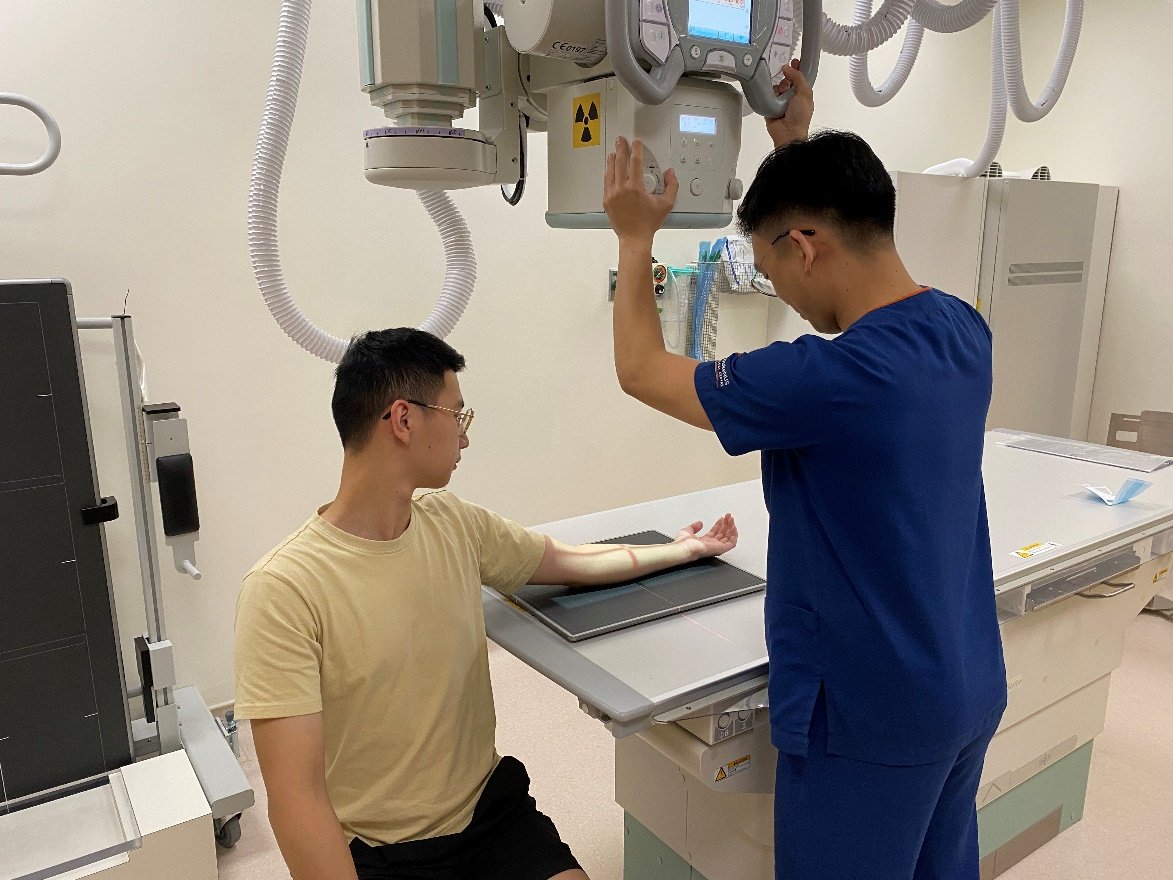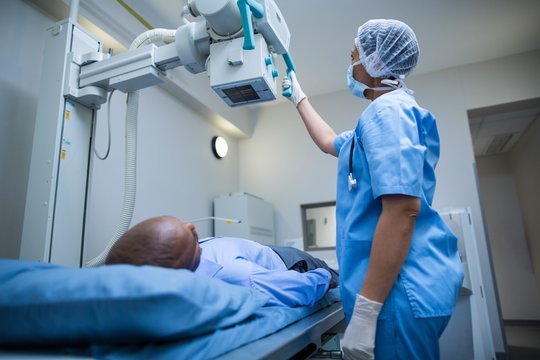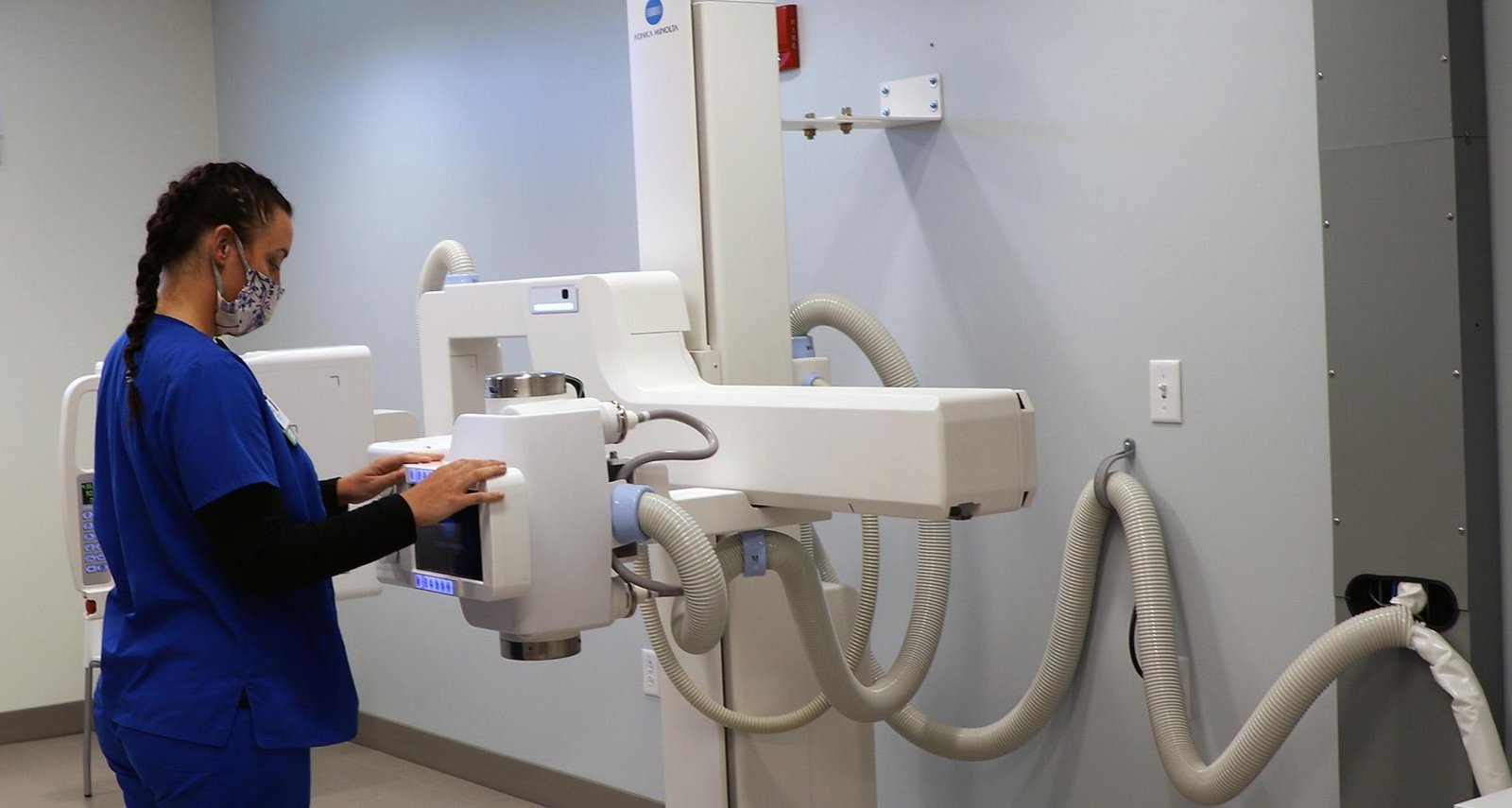A Digital X-Ray is a form of X-ray imaging where digital X-ray sensors are used instead of traditional photographic film. This technology has significantly transformed diagnostic imaging, offering advantages in terms of speed, efficiency, and the reduction of radiation exposure for patients. Digital X-rays are used across various medical fields, including dentistry, mammography, and orthopedics, among others.



Advantages of Digital X-Rays
Applications
Digital X-rays are used in various diagnostic applications, including:
Safety and Considerations
While digital X-ray systems reduce radiation exposure, any level of radiation poses a risk. Therefore, it’s essential to use these systems judanitiously and only when medically necessary. Protective measures, such as lead aprons, may be used to shield parts of the body not being imaged from exposure.
Principles of Operation
Digital X-ray systems utilize a digital image capture device to record and store the X-ray images electronically. When X-rays pass through the body, they are absorbed at varying levels by different tissues, depending on the density and composition of those tissues. The digital sensors capture this pattern to create a detailed image that represents the internal structure of the area being examined.
